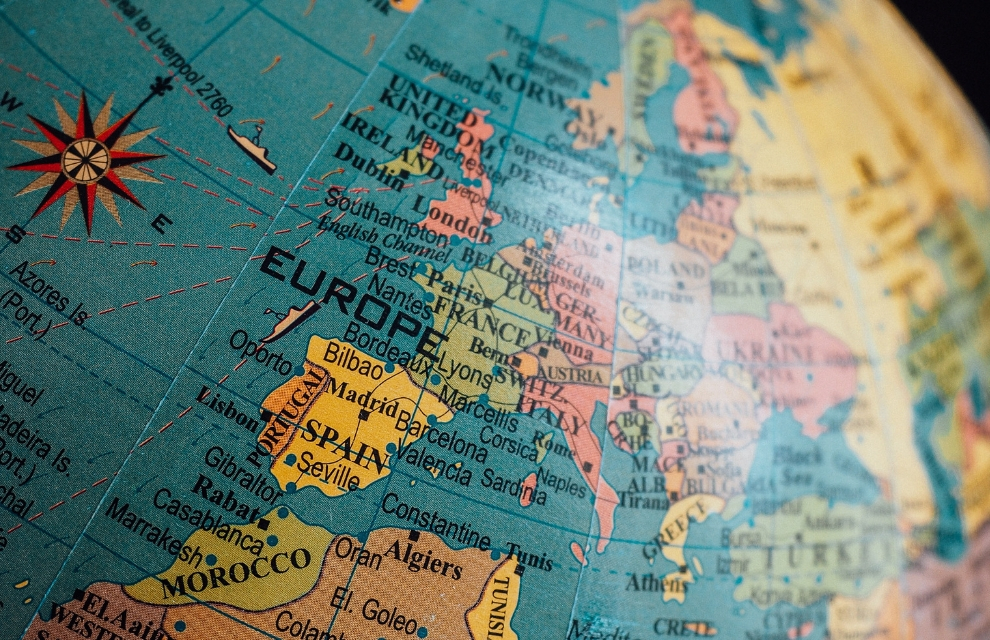European captive ratings have remained stable through the past year, with the majority of the ratings affirmed and stable outlooks maintained, according to a report by A.M. Best.
A.M. Best’s special report on European captives broke down the key rating considerations as they apply to European captives as of 26 October 2018.
The data is based on the 13 captives rated by the ratings agency that have European parent groups and to which its alternative risk transfer criteria is applied.
According to the report, only one captive had its rating downgraded, while the ratings of the other 12 were affirmed.
Balance sheet strength
A.M. Best views balance sheet strength as the foundation for financial security and all of the European captives currently rated by A.M. Best have balance sheets in the two highest categories: strongest (four) and very strong (nine).
These high balance sheet strength assessments are underpinned by the captives’ risk-adjusted capitalisation, which tends to be at the highest level with all but one of the European captives had the “strongest” level of risk-adjusted capitalisation.
The potential activities of the parent company, including the evaluation of the potential effect of the activities of the ultimate parent, is another factor which contributes to the balance sheet strength.
The ultimate parent can be viewed as having a positive, neutral, negative, or very negative impact on the balance sheet of the captive, depending on the creditworthiness of the parent and the likelihood of the captive being affected by it.
The majority of the rated European captives’ parent companies are assessed to have had neutral impact, while positive assessments are more regular than negative assessments.
Operating performance
A.M. Best considers operating performance as a primary indicator of future balance sheet strength and long-term financial stability.
In determining captives’ operating performance, the ratings agency examines profit, stability, and the diversity and sustainability of earnings.
As of 26 October, the operating performance of European captives is assessed as either strong (11) or adequate (two).
Business profile
Business profile is impacted by multiple factors, including the company’s competitive market position, the degree of risk inherent in its business mix, and the depth and experience of its management
Currently, A.M. Best assesses the rated European captives as having either neutral or limited business profile.
Most of the captives have neutral business profile assessments, which reflects their importance to their parent companies and their moderately diversified portfolios by product line and geography.
The European captives assessed as having limited business profiles only meet part of their parent’s insurance needs and tend to write very concentrated portfolios of business with a focus on high-risk products.
Enterprise risk management
The enterprise risk management of all of the European captives rated by A.M. Best is currently assessed as appropriate, underpinned by generally developed risk management frameworks and adequate risk management capabilities relative to the companies’ risk profiles.
The risk management capacity of the rated European captives is aligned with their risk profiles in nearly all assessed risk categories.
The A.M. Best report noted that “enterprise risk management at captive organisations has improved in recent years, partly as a consequence of preparing for and adopting the EU’s Solvency II regime.”
The report explained that regulatory requirements have enhanced captives’ understanding of their own risk profiles, and consequently the majority of the rated captives have strengthened their risk management frameworks and governance.
Additionally, the captives can better illustrate their risk management framework and capabilities during the interactive rating process.
Ultimate parent lift or drag
The majority of the European captives do not currently see their ratings influenced by A.M. Best’s assessment on the credit profile of their ultimate parent.
However, in the case of parents that are very strong financially, a ratings lift is applied to some captives when the full extent of the support provided cannot be captured in the balance sheet strength assessment.


